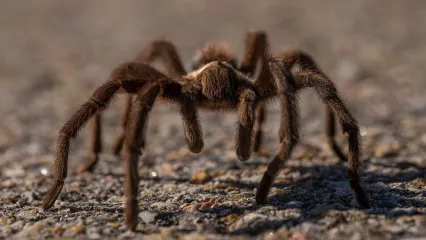
Description
The scaleshell is a freshwater clam approximately 4-5 inches in length. Its shell is thin and elongated, with various shades of brown. Males and females can be distinguished by the shell shape, a characteristic this species shares with many other mussels.
The primary driver of scaleshell decline is habitat degradation. Alteration of river flows caused by reservoirs and impoundments have had the most influence. Other threats include river channelization, pollution, sedimentation, agricultural runoff, and direct disturbance of mussel beds by human activity.
Size
Approximately 4 inches in length.
Habitat
In Oklahoma, the scaleshell historically occurred in the Kiamichi, Little, and Mountain Fork rivers. The species may remain in the Kiamichi River, but is thought to be gone from the Little and Mountain Fork rivers. Although empty scaleshell shells have been found, a live specimen has never been found in Oklahoma.
Life Cycle
This mussel filters microscopic organisms and organic particles from the surrounding water. After the eggs are fertilized from upstream males, they develop into larvae known as glochidia. These glochidia are released into the water column by the females and must attach to the gills of a host fish, usually a freshwater drum. After several days on the gills of the fish, the glochidia transform into young mussels and detach from the fish, eventually landing on the river bottom.


